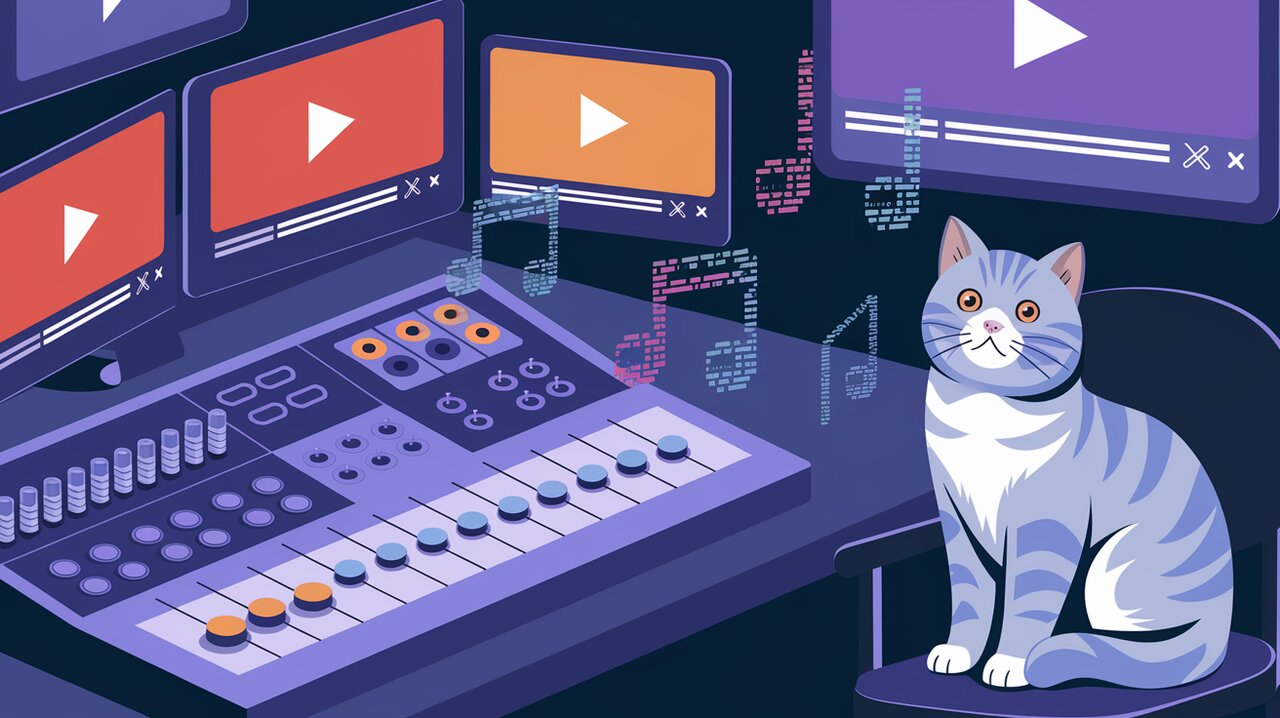
Orchestrating Video Playback with video-react: A React Developer's Symphony
In the ever-evolving landscape of web development, video content has become a cornerstone of user engagement. Enter video-react, a powerful library that empowers React developers to orchestrate stunning video experiences with the finesse of a symphony conductor. This HTML5-ready video player is not just a tool; it’s a comprehensive solution for integrating rich media into your React applications.
A Crescendo of Features
video-react brings a harmonious blend of functionality and flexibility to your projects:
- Responsive Design: Automatically adapts to various screen sizes and devices.
- Customizable Controls: Tailor the player’s interface to match your application’s aesthetics.
- HTML5 Video Support: Leverage the full power of modern web standards.
- Accessibility: Ensure your video content is available to all users.
- Extensibility: Add custom functionality with ease through React components.
Setting the Stage: Installation
Before we dive into the performance, let’s set up our development environment. You can install video-react and its peer dependencies using npm or yarn:
npm install --save video-react react react-dom
or
yarn add video-react react react-dom
To bring in the default styles, import the CSS in your app:
import 'video-react/dist/video-react.css';
The Opening Act: Basic Usage
A Simple Player Component
Let’s start with a basic implementation to get your video playing:
import React from 'react';
import { Player } from 'video-react';
const BasicPlayer: React.FC = () => {
return (
<Player>
<source src="https://media.example.com/video.mp4" />
</Player>
);
};
export default BasicPlayer;
This snippet creates a player with default controls and a single video source. The Player component handles the heavy lifting, providing a responsive container for your video content.
Customizing the Player
You can easily customize the player’s appearance and behavior:
import React from 'react';
import { Player, ControlBar, PlayToggle } from 'video-react';
const CustomPlayer: React.FC = () => {
return (
<Player
playsInline
poster="/assets/poster.png"
src="https://media.example.com/video.mp4"
>
<ControlBar>
<PlayToggle />
</ControlBar>
</Player>
);
};
export default CustomPlayer;
This example adds a custom poster image and modifies the control bar to only show a play/pause toggle. The playsInline prop ensures the video plays within the page on mobile devices.
Advanced Compositions: Enhancing the Experience
Implementing Adaptive Bitrate Streaming
For a more sophisticated setup, let’s implement adaptive bitrate streaming:
import React from 'react';
import { Player, ControlBar, BigPlayButton } from 'video-react';
const ABRPlayer: React.FC = () => {
return (
<Player>
<source
src="https://example.com/video.m3u8"
type="application/x-mpegURL"
/>
<ControlBar />
<BigPlayButton position="center" />
</Player>
);
};
export default ABRPlayer;
This configuration uses an HLS stream, allowing the player to adapt to the viewer’s network conditions. The BigPlayButton component adds a prominent play button overlay.
Creating a Playlist
Let’s compose a more complex setup with a playlist:
import React, { useState } from 'react';
import { Player, ControlBar } from 'video-react';
const playlist = [
{ src: 'https://media.example.com/video1.mp4', poster: '/posters/1.jpg' },
{ src: 'https://media.example.com/video2.mp4', poster: '/posters/2.jpg' },
];
const PlaylistPlayer: React.FC = () => {
const [currentVideo, setCurrentVideo] = useState(0);
const handleEnded = () => {
setCurrentVideo((prev) => (prev + 1) % playlist.length);
};
return (
<div>
<Player
src={playlist[currentVideo].src}
poster={playlist[currentVideo].poster}
onEnded={handleEnded}
>
<ControlBar autoHide={false} />
</Player>
<div>
{playlist.map((video, index) => (
<button key={index} onClick={() => setCurrentVideo(index)}>
Video {index + 1}
</button>
))}
</div>
</div>
);
};
export default PlaylistPlayer;
This example creates a playlist with custom navigation. The onEnded prop allows for automatic progression through the playlist, while the buttons provide manual control.
The Grand Finale: Wrapping Up
video-react orchestrates a seamless blend of functionality and customization for React developers. From basic playback to advanced streaming techniques, this library provides the tools needed to create engaging video experiences. As you continue to explore its capabilities, you’ll find that video-react can adapt to a wide range of project requirements, much like a versatile musical score.
Remember, the power of video-react lies not just in its out-of-the-box features, but in its extensibility. As you become more familiar with its components and API, you’ll be able to compose increasingly sophisticated video solutions that resonate with your users and harmonize with your application’s design.
Whether you’re building a simple video player or a complex media platform, video-react provides the instruments you need to conduct a symphony of interactive video content. So go ahead, take the stage, and let your creativity play out in the world of React video development.
